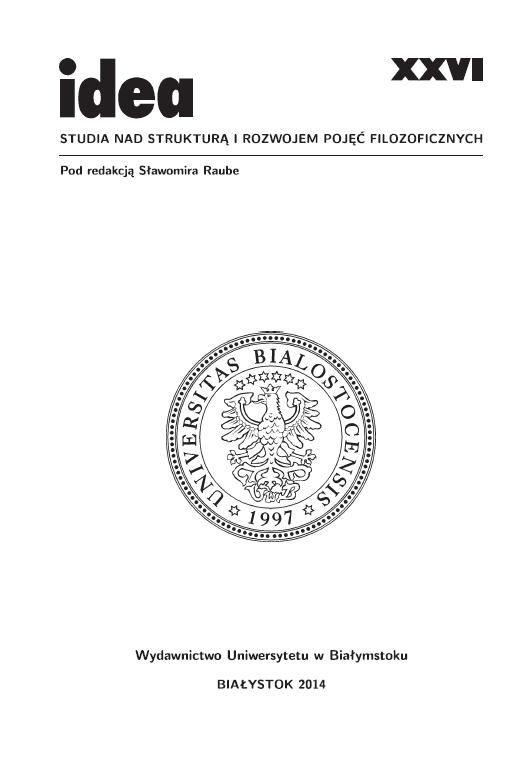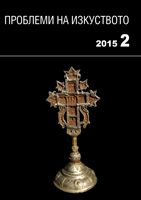
We kindly inform you that, as long as the subject affiliation of our 300.000+ articles is in progress, you might get unsufficient or no results on your third level or second level search. In this case, please broaden your search criteria.

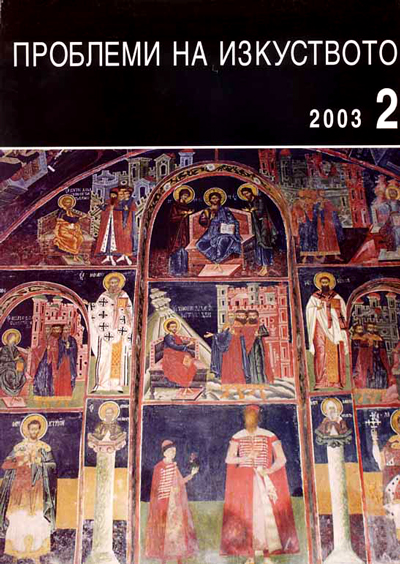

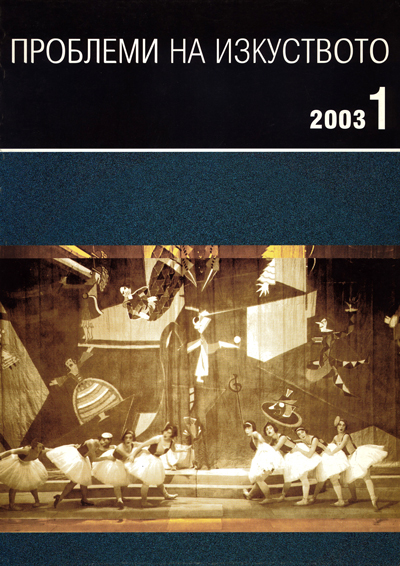





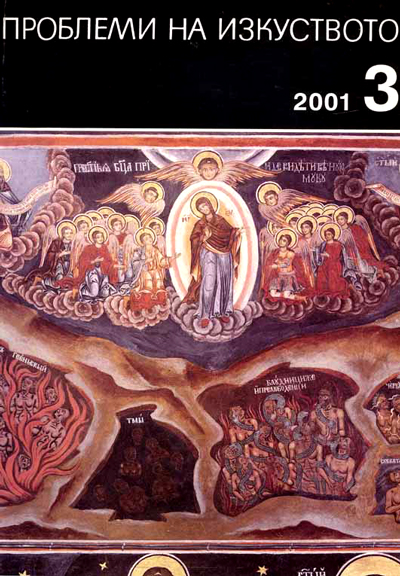
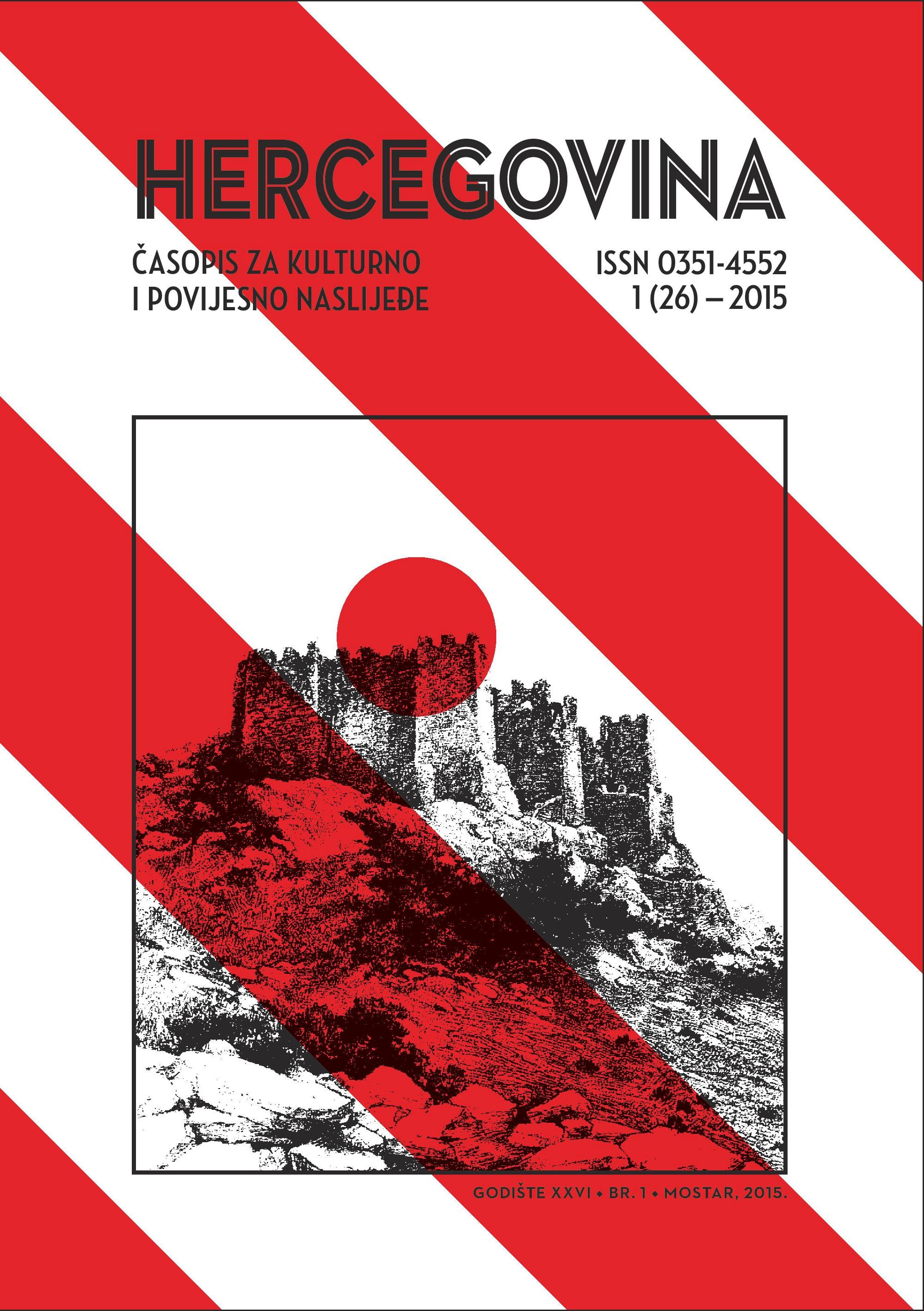
Immediately upon arrival in Bosnia-Herzegovina in 1878, Austria-Hungary started building a new fortification system adjusted to modern warfare and contemporary military tactics.With the construction of the fortification belt along the border with Montenegro in the areas of Trebinje and Bileca, the Austro-Hungarian Monarchy established first defensive line in Herzegovina, which was a guarantee of the eastern borders protection. As a backup, second defensive line was set in the belt of Kalinovik, Ulog-Obrnja, Nevesinje and Stolac. Beside these, there were very well-fortified cities of Sarajevo and Mostar, the latter being a background support to the first two mentioned Herzegovinian lines. Coming from the north, there was a line of three fortifications and large barracks in Kalinovik, the complex of Ulog-Obrnja with barracks and a fort above, which was a special type of 'moat' fortification, then Nevesinje with a fort and defensive barracks and finally Stolac with three forts and a large complex of defensive barracks. During World War I all the Austro-Hungarian forts in Herzegovina fulfilled their defensive function.Unfortunately, the devastation of the Austro-Hungarian military fortifications, which began with the fall of the Monarchy, has continued up to day. Although the objects were built in the period between 1878 and 1918, they have kept not only historical but also aesthetic value.The fact that only three Austro-Hungarian forts have been registered as national monuments (Bijela Tabija in Sarajevo - due to an older complex on the same site, Stolac - for the same reason as the previous, and Vraca in Sarajevo - as a location of World War II events) shows the negligence of the state for the fortifications more than 130 years old.
More...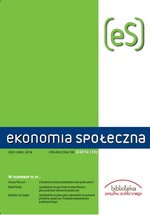
W niniejszym artykule podjęto próbę analitycznej, krytycznej i syntetycznej oceny powszechnie stosowanego pojęcia "przedsiębiorczość społeczna" w kontekście znaczeń przypisywanych jego częściom składowym. Rozpatrywane oddzielnie określenia "przedsiębiorczość" oraz "społeczny" charakteryzują się dość szerokim zakresem użycia oraz istotnym zróżnicowaniem pod względem eksponowania celów społecznych, a także tego, co uważa się za istotne cechy przedsiębiorczości. Artykuł kończy się propozycją elastycznej definicji tego pojęcia: z przedsiębiorczością społeczną mamy do czynienia, gdy jakaś osoba lub osoby (1) wyłącznie lub w znacznym stopniu tworzą pewną wartość społeczną i realizują cele z nią związane poprzez (2) dostrzeganie i wykorzystywanie możliwości tworzenia takiej wartości, (3) wdrażanie innowacji, (4) podejmowanie ryzyka oraz (5) nieakceptowanie ograniczeń związanych z dostępnością zasobów.
More...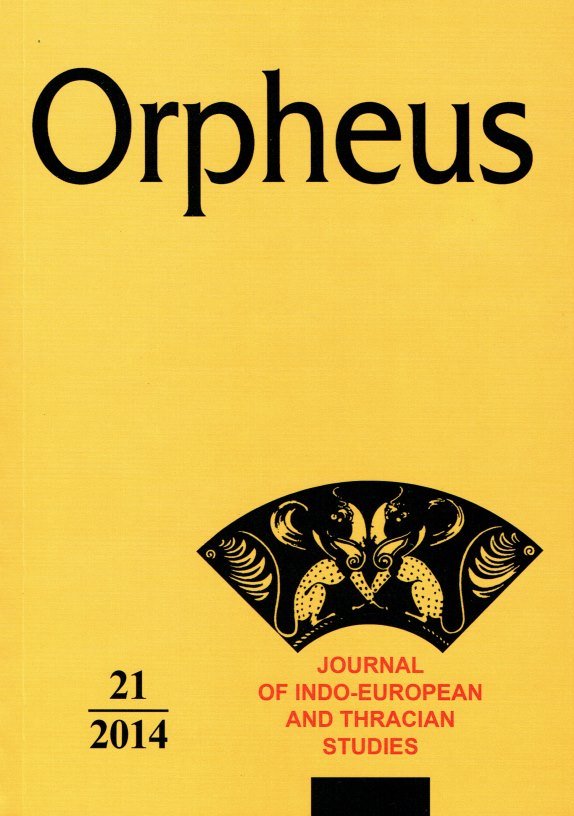





This article is presenting a chapter of the published book of prof. Hristo Matanov "Seeking the Middle ages" and in this manner, giving the readers the opportunity to decide for themselves whether they would like the book or not.
More...